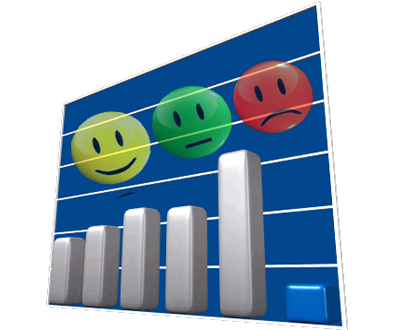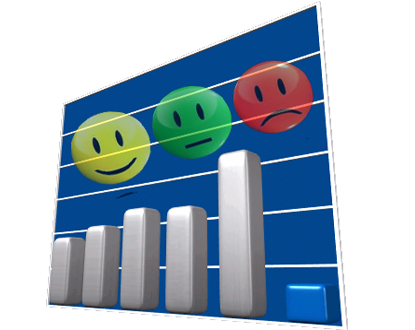The vote has put an end to this drama that turned useful tools for analyzing voting intention into predictions of the outcome, and through these results, we can finally move from virtual to real.
The quality of debates can only be improved by this.

With the consequences we know in a country like France, where three political polls are conducted every day.
Moreover, the turnover achieved by polling institutes from political parties has multiplied by ten in the past ten years!
For this reason, we absolutely agree with those who want to supervise this practice for reasons of ethics and transparency:
It is essential to know who funds political surveys. History, even recent, shows that it is not useless to demand this.
Polling institutes must publish the “margins of error” because statisticians deny the scientific validity of the consideration that the quota method would be incompatible with the very notion of a margin of error. In polling, we can speak at most of social science, therefore a science that, by definition, cannot be “exact.”
All incentives for respondents in political surveys must be banned because this practice can distort the behavior of the virtual voter since this loyalty makes them a professional virtual voter.
A nod to better explain all this with simplicity and… good humor!
Basic principle (to never forget): a bad answer is always better than a good question.
And after that, don’t forget that polling institutes have fortunately discovered, even if recently, that:
First (or the liar’s bias): the surprise of surprises is that some humans do not always tell the truth!
Second (or the directed question): the trick of tricks is the possibility of providing the answer to a question that has not been asked.
Third (or the moral paradox): the primacy of virtue comes from the fact that the vast majority of respondents embellish their answers, even if they are anonymous.



